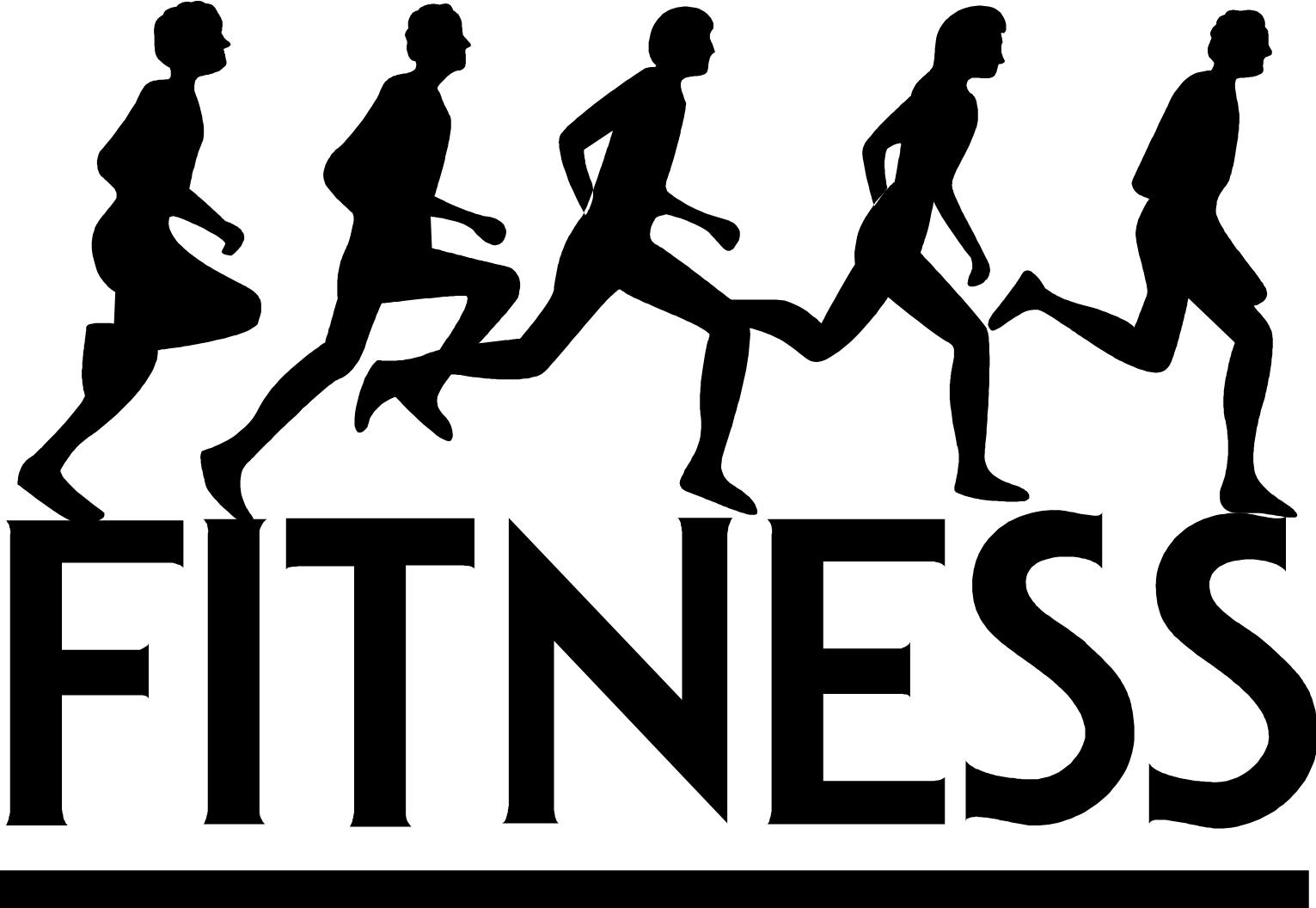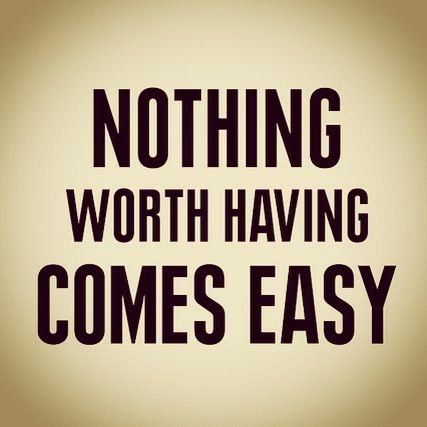Now the good news: the latest and greatest in fitness research points to shorter, more intense workouts for fat-loss, and other similar developments that may surprise you. Debunking these old exercise myths will help retrain your mind and body towards better health and more effective fat loss.
Myth #1: If I am thin, I am healthy and don’t need to exercise
These people are often the envy of their friends because they can eat anything they want and not gain a pound. Unfortunately, many thin people who do not exercise are in fact clinically categorized as “overfat” or “obese” based on their body fat percentage. They may have a normal weight for their height, but clinically they have what’s called sarcopenic obesity or “skinny fat.”
On the surface, though they may be thin, they do not have muscle tone and may have loose skin lying on top of bone. On the inside, however, their “overfat” physiology is similar to that of someone who is at risk for chronic diseases like diabetes, heart disease, hypertension and high cholesterol. Exercising regularly has been shown to lower the risk of developing these chronic diseases and thin, out-of-shape people need to be exercising just as much as the rest of us to remain healthy.
Myth #2: Lifting heavy weights will bulk me up
Time to address this one, once and for all. Many trainers will alleviate their female clients’ fears by promising that bulking up cannot happen to women because they simply do not have the necessary anabolic machinery that men do, like testosterone and growth hormone. Well, this is only half true.
It is true that from a physiological perspective, women cannot possibility reach the size that a man can, naturally. However, the reality is that women can appear bigger when beginning a regular weight-training program, however, this is only the case when there is no attention paid to simultaneous fat-burning.
In other words, putting on new muscle under a layer of fat, without shedding overlying fat will certainly make someone appear larger, thus the bulky look. This is essentially how a power lifter trains: heavy, with long rest periods and barely any sustained elevation of the heart rate. And the result is the physique of a power lifter. However, when attention is paid to fat burning through intense circuit weight-training with little rest, the result is always a much smaller, tighter physique with more visible definition. Pair that with short-duration interval cardio and a clean diet and watch the inches melt away.
Myth #3: Once I lose a bunch of weight with cardio exercise, then I will start lifting to tone up
This one always throws me for a loop because it assumes that lifting weights will in some way hinder fat loss, when in fact the opposite is true. Weight training alongside intense fat-burning cardio will accelerate results and for best results, the two should be done together.
In 2008, the Journal of Strength and Conditioning Research (22;5) published a study that examined 2 exercise protocols. The first protocol called for a weight workout done first, followed by a cardio workout. The second protocol took the same amount of exercise and intermixed the two so that each participant would do some weights, then immediately jump on cardio, and then cycle back to weights, and then to more cardio, etc. The total workload in each protocol was the same, though the order was different. In the second protocol, the exercisers burned close to 10 times more fat than the group that separated weights and cardio.
For best results, mix cardio and weights together to achieve superior fat loss. This powerful combination workout boosts metabolism even further after the workout is over through the release of fat-burning hormones testosterone and growth hormone. And it preferentially utilizes fat for fuel over sugar, post-workout. Weight training is the “new cardio!”.
Myth #4: Working my abs every day will get me a visible six-pack
Many infomercials on television market some sort of fitness gadget that takes a new spin on an old-fashioned abdominal crunch, mostly because consumers still think that targeting the abs alone will get rid of extra inches at the waistline. There are two problems with this tactic.
First, endless amounts of crunches may increase the strength and size of the abs muscles, but without burning the fat on top of the abs, there will remain no visible definition. The key is instead to consider abdominal training to be one piece of a comprehensive full-body weight training routine that will help burn fat all over.
Second, training the same muscle group every single day will not produce faster results, and in most cases will even stifle the muscle’s response as a result of overtraining.
To help develop the abs and assure they “pop” once the overlying fat is gone, choose 3-4 heavy abdominal exercises to perform 2 times per week, and don’t forget the key tenant that “abs are made in the kitchen”—visible abs are more about a clean diet than anything else.
Myth #5: As long as the number on the scale goes down, I am all set!
One of the newest revelations in the fitness world is that weight loss is not the same as fat loss. Just because you are losing weight, does not guarantee you are losing fat. For example, when someone loses weight, they can be losing water, such as what happens on a low carbohydrate diet, or losing muscle, such as what happens on long-duration exercise protocols.
If fat loss is the goal, be sure to exercise in a way that spares muscle and sheds only fat. For example, research suggests that cardiovascular exercise lasting longer than 40 minutes may raise cortisol to levels that increase muscle breakdown for fuel. Keep workouts shorter and more intense to spare muscle, while burning fat.




